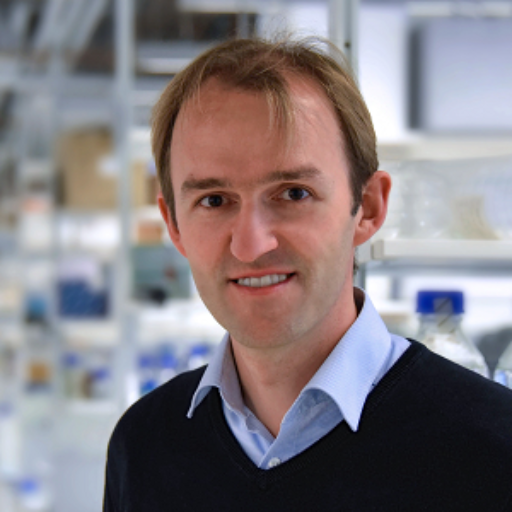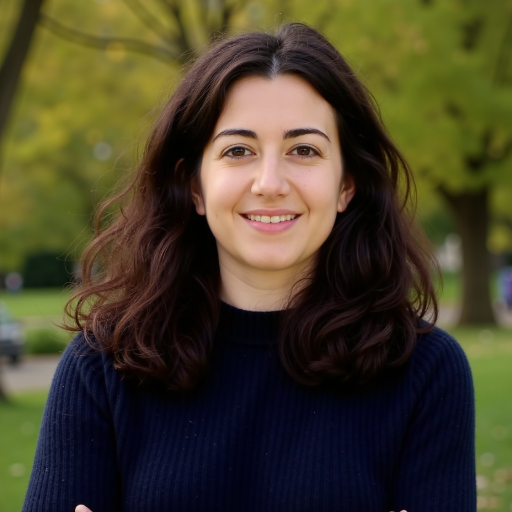A Human Brain-in-a-Dish Model to Investigate Disease Mechanisms of FTD

About the Research Project
Program
Award Type
Standard
Award Amount
$300,000
Active Dates
July 01, 2022 - June 30, 2025
Grant ID
A2022045S
Goals
We aim to develop a human brain tissue model that recapitulates central pathologies of Frontotemporal dementia and allows investigating human-specific disease mechanisms.
Summary
- We will use CRISPR to introduce synergistic Tau mutations into stem cells, differentiate into human brain cells, and culture them as 2- and 3-dimensional brain tissue models.
- We will characterize pathology with a focus on Tauopathy.
- We will investigate disease-related changes in brain tissue models to understand effects of pathology on neurons, and influences of Tau splicing, non-neuronal brain cell types, or genetic risk factors on pathogenesis. We will also develop a chimeric human/mouse in vivo model and set up assays for drug discovery.
Unique and Innovative
Our human brain tissue model will allow investigating human-specific disease mechanism, which is hardly possible in mouse models.
Unlike mouse and existing stem cell models, our model recapitulates adult Tau splicing, which plays a central role in pathogenesis.
Preliminary data show that our model is the first to reproducibly show misfolding, seed production and aggregation of endogenous Tau without artificial modifications, such as overexpression.
Foreseeable Benefits
Our model will provide novel insights into human-specific disease mechanisms, and – as it recapitulates typical late-stage phenotypes, such as seed formation, Tau misfolding and aggregation – allow new drug discovery approaches.
Related Grants
Alzheimer's Disease Research
Neuroimaging and Neuropathology of Alzheimer’s Disease in Down Syndrome
Active Dates
July 01, 2025 - June 30, 2027

Principal Investigator
Jr-Jiun Liou, PhD
Current Organization
University of Pittsburgh
Alzheimer's Disease Research
Personalized Proteomics to Understand and Predict Alzheimer’s Progression
Active Dates
July 01, 2025 - June 30, 2027

Principal Investigator
Federica Anastasi, PhD
Current Organization
Barcelonaβeta Brain Research Center
Alzheimer's Disease Research
Neurostimulation to Improve Depression and Memory in Dementia
Active Dates
July 01, 2024 - June 30, 2027

Principal Investigator
Davide Cappon, PhD
Current Organization
Hebrew Rehabilitation Center



